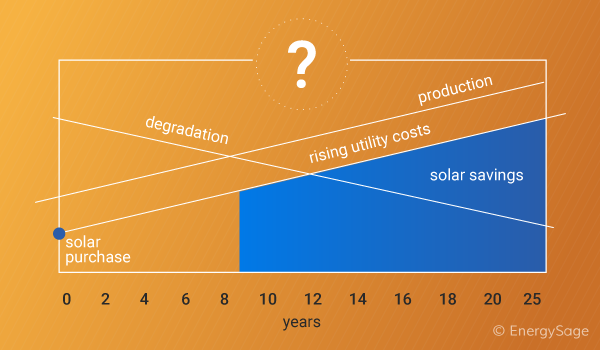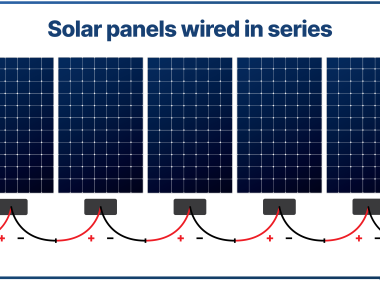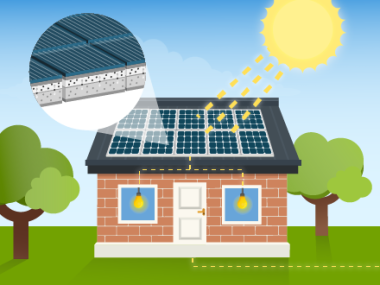In the pursuit of sustainable energy solutions on a global scale, solar power stands out as a promising beacon for a cleaner, more environmentally friendly future. As the adoption of solar energy systems continues to rise, it is essential to understand the complexities of solar battery degradation. These batteries are essential for off-grid and hybrid solar setups, storing excess energy generated during peak sunlight hours for later use when sunlight is not available. However, the durability and efficiency of these batteries can be affected by various factors that contribute to their deterioration over time. Solar battery degradation refers to the gradual decrease in the storage capacity and operational efficiency of batteries used in solar energy storage systems. This phenomenon poses challenges to the reliability and sustainability of solar power systems, impacting both residential and commercial users. It is crucial to comprehend the factors that contribute to solar battery degradation in order to develop strategies to mitigate its effects and prolong the lifespan of these crucial components. This examination explores the main causes of solar battery degradation, including environmental conditions, charging methods, and battery composition. We will analyze how factors such as cycle life, temperature variations, depth of discharge, and charging techniques influence the degradation process. Furthermore, we will examine the concept of calendar aging and its effects on the performance of solar batteries over time. Despite presenting significant challenges, solar battery degradation also creates opportunities for innovation and technological advancement. We will discuss emerging solutions and best practices aimed at addressing degradation issues, such as advancements in battery chemistry, improvements in battery management systems, and enhanced monitoring and maintenance protocols. By gaining a deeper understanding of solar battery degradation and its underlying mechanisms, stakeholders can work towards developing more efficient and sustainable solar energy systems.
Solar battery degradation
The decline in both storage capacity and performance efficiency of batteries used in solar energy systems over time is known as solar battery degradation. These batteries are typically used to store excess energy generated by solar panels for later use when sunlight is not available, such as during nighttime or cloudy days. Various factors contribute to the degradation of solar batteries:
Cycle Life
The concept of cycle life refers to the total number of times a rechargeable battery can undergo the process of charging and discharging before showing signs of deterioration in its capacity and performance. This measurement plays a crucial role in evaluating the durability and strength of batteries, especially those used in solar energy systems. During each cycle of charging and discharging, chemical reactions take place within the battery’s cells, gradually changing its chemical composition and resulting in a decrease in its ability to hold a charge. It is imperative to optimize the cycle life in order to enhance the efficiency and lifespan of batteries utilized in solar installations.

Temperature
Temperature is a crucial factor that impacts the efficiency and longevity of a battery, especially in solar energy systems. Both high and low temperatures can have negative effects on battery performance and lead to faster deterioration. High temperatures can speed up chemical reactions in the battery, causing components to break down more quickly. On the other hand, low temperatures can slow down chemical reactions, reducing battery efficiency. Proper temperature control is essential for maintaining optimal battery performance and prolonging its lifespan in solar installations.
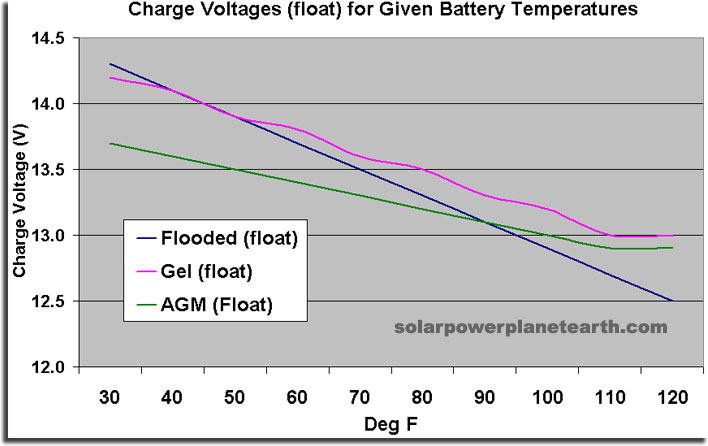
Depth of Discharge (DoD)
The Depth of Discharge (DoD) is a critical factor that measures the amount of a battery’s capacity utilized during a discharge cycle before recharging. It plays a significant role in determining the lifespan and efficiency of rechargeable batteries, especially those utilized in solar energy systems. A higher DoD indicates a more extensive use of the battery’s capacity before recharging, while a lower DoD signifies less capacity usage. It is essential to effectively manage the DoD to prevent excessive strain on the battery, which could accelerate its degradation. In solar energy setups, where batteries undergo frequent charging and discharging cycles, optimizing the DoD is crucial for prolonging battery life and maintaining performance. Additionally, deeper discharges may reduce the battery’s overall energy storage capacity, impacting its usability during periods of high energy demand. Therefore, understanding and controlling the DoD are vital for improving the efficiency and longevity of batteries in solar installations.
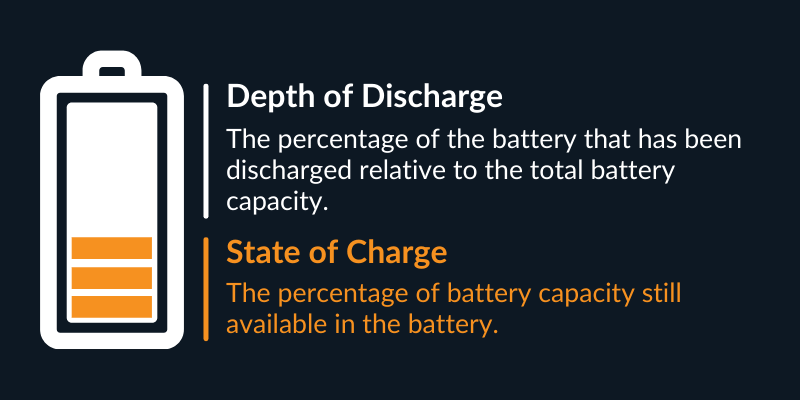
Overcharging and Undercharging
Improper charging practices, such as overcharging and undercharging, can have detrimental effects on the functionality and durability of batteries, particularly those used in solar power installations.
- Version 1: When a battery is overcharged, it exceeds its designated maximum capacity or voltage level, resulting in the production of excess heat and causing the battery to be overworked. This can lead to a hastened deterioration of the battery’s components, leading to reduced capacity and a shorter lifespan.
- Version 2: On the other hand, undercharging occurs when a battery is not fully charged to its maximum capacity. This can be due to an early interruption of the charging process or insufficient time given for the battery to reach its full charge. Undercharging can result in sulfation, where sulfate crystals form on the battery plates, reducing the battery’s ability to retain a charge and ultimately decreasing its performance and longevity.
- Version 3: Both overcharging and undercharging can have a significant impact on the effectiveness and dependability of batteries in solar energy systems. Therefore, it is essential to follow proper charging practices, such as using charge controllers and battery management systems, to avoid overcharging and undercharging and enhance the efficiency and lifespan of solar batteries.
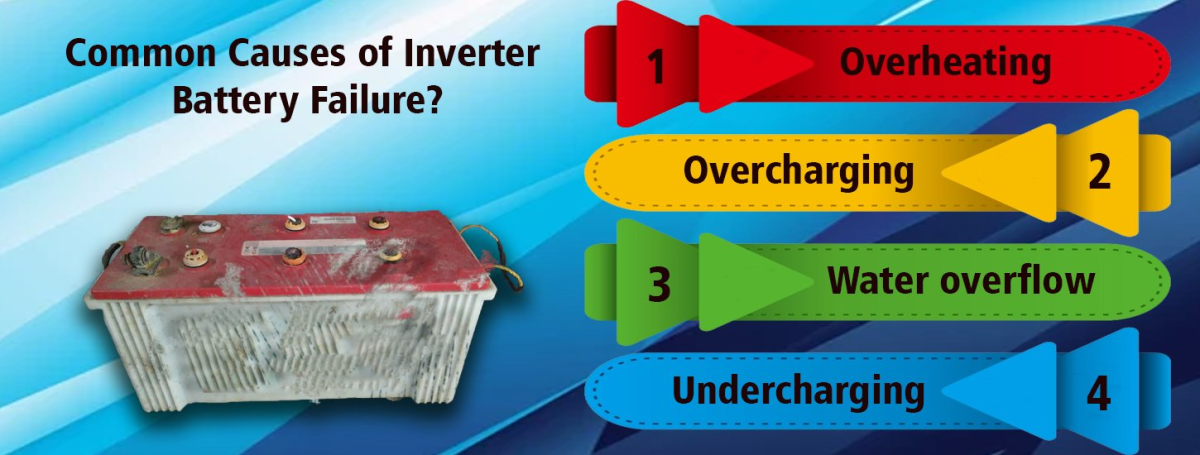
Calendar Aging
- In conclusion, the deterioration of solar batteries presents a significant obstacle in the realm of renewable energy, affecting the reliability and environmental friendliness of solar power systems. A thorough comprehension of the key factors driving degradation, such as cycle life, temperature fluctuations, depth of discharge, and calendar aging, is essential for developing effective mitigation strategies. Despite the challenges it poses, the degradation of solar batteries drives innovation and technological advancements aimed at enhancing battery efficiency and longevity. By implementing solutions like advancements in battery chemistry, improvements in battery management systems, and enhanced monitoring and maintenance protocols, stakeholders in renewable energy can maximize the efficiency and lifespan of solar energy storage systems. Looking forward, collaborative efforts and ongoing research are crucial in unlocking the full potential of solar power as a reliable and sustainable energy source. By addressing the complexities of solar battery degradation, we are paving the way towards a future powered by clean, renewable energy—a future that holds the promise of a greener and more resilient planet for future generations.
